Archives
- 2025-12
- 2025-11
- 2025-10
- 2025-09
- 2025-03
- 2025-02
- 2025-01
- 2024-12
- 2024-11
- 2024-10
- 2024-09
- 2024-08
- 2024-07
- 2024-06
- 2024-05
- 2024-04
- 2024-03
- 2024-02
- 2024-01
- 2023-12
- 2023-11
- 2023-10
- 2023-09
- 2023-08
- 2023-07
- 2023-06
- 2023-05
- 2023-04
- 2023-03
- 2023-02
- 2023-01
- 2022-12
- 2022-11
- 2022-10
- 2022-09
- 2022-08
- 2022-07
- 2022-06
- 2022-05
- 2022-04
- 2022-03
- 2022-02
- 2022-01
- 2021-12
- 2021-11
- 2021-10
- 2021-09
- 2021-08
- 2021-07
- 2021-06
- 2021-05
- 2021-04
- 2021-03
- 2021-02
- 2021-01
- 2020-12
- 2020-11
- 2020-10
- 2020-09
- 2020-08
- 2020-07
- 2020-06
- 2020-05
- 2020-04
- 2020-03
- 2020-02
- 2020-01
- 2019-12
- 2019-11
- 2019-10
- 2019-09
- 2019-08
- 2019-07
- 2019-06
- 2019-05
- 2019-04
- 2018-11
- 2018-10
- 2018-07
-
Previously we have shown that rapid action of E in
2022-08-09
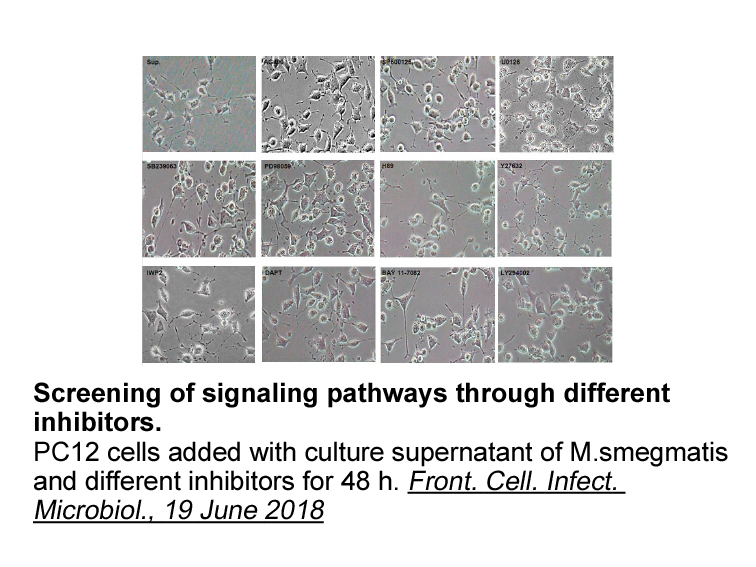
Previously, we have shown that rapid action of E2in vitro is mediated through two E2 membrane receptors, GPR30 (GPER1) and the STX-sensitive membrane receptors (Noel et al., 2008; Kenealy et al., 2011a, Kenealy et al., 2011b). This is significantly different from receptors implicated in the positive
-
tryptophan hydroxylase Based on work from our labs with mGlu
2022-08-09
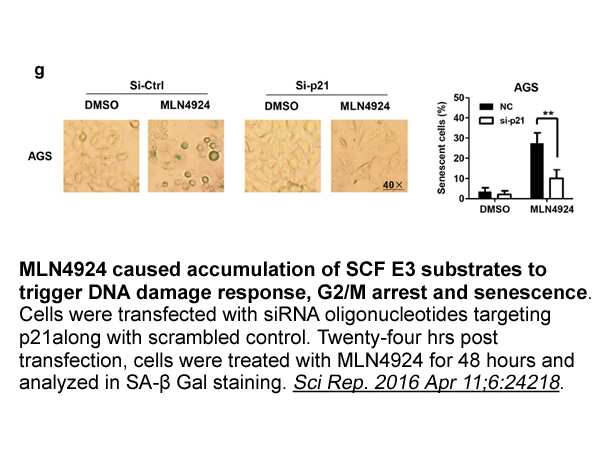
Based on work from our labs with mGlu NAMs, and the ability of [3.3.0] systems, such as the octahydropyrrolo[3,4-]pyrrole, to effectively mimic piperazines, we focused our attention on the potential bioisoteric replacement of the [3.1.0] system of and , as well as the piperidine of , with a [3.3.0]
-
It is interesting to note that GlyT and
2022-08-09

It is interesting to note that GlyT1 and GlyT2 are modulated in a coordinated and opposite way as that shown in this work by different mechanisms and situations. An example is the purinergic control of GlyT1 and GlyT2 through P2Y receptors in brainstem and spinal cord neurons. This mechanism promote
-
The bioconversion of inositol from glucose was
2022-08-09

The bioconversion of inositol from glucose was anticipated nearly a century ago and later confirmed by isotope tracing methods [[22], [23]]. This biosynthesis of inositol involves three sequentially acting enzymes: Firstly, ATP-dependent glucokinase converts glucose to glucose-6-phosphate (G-6P) [[2
-
Chlorprothixene Rare mutations can impair the molecular func
2022-08-09
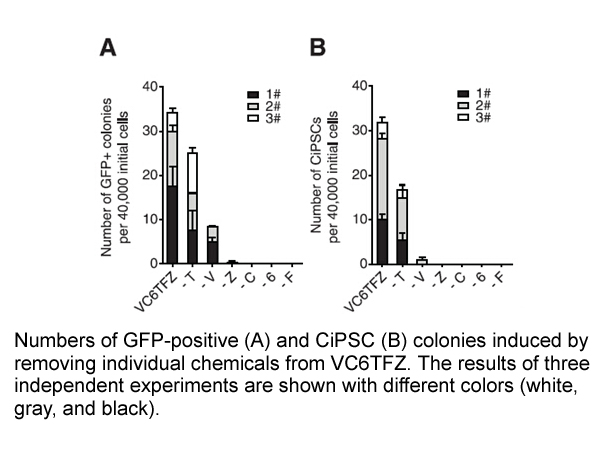
Rare mutations can impair the molecular function of GR and alter tissue sensitivity to GCs in humans, resulting in primary generalized GC resistance (PGGR) and hypersensitivity (PGGH) [14]. Familial and sporadic PGGR, or Chrousos Syndrome, is characterized by general and partial insensitivity of tis
-
Receptor tyrosine kinases RTKs consist of
2022-08-08

Receptor tyrosine kinases (RTKs) consist of 20 subfamilies in humans, all of which share a common structure consisting of extracellular ligand-binding region, a single-pass transmembrane domain and an intracellular tyrosine kinase domain [2]. Binding of a growth factor to the ligand-binding domain r
-
In summary PPARG and FFAR
2022-08-08
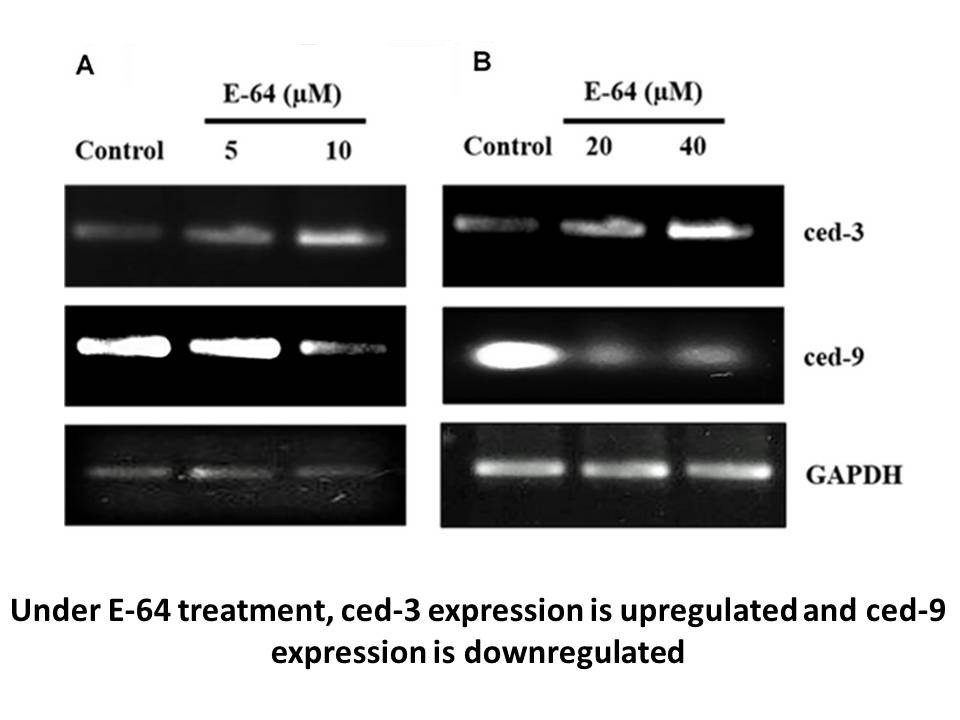
In summary, PPARG and FFAR1 are connected in several ways, and the presented interaction is mechanistically reasonable. Additional investigations are required to elucidate the exact details of the underlying physiology. However, our findings are of immanent importance for the treatment of type 2 dia
-
FBP ALDOA complex is located on both sides
2022-08-08
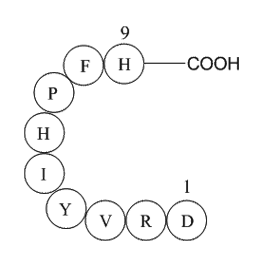
FBP2-ALDOA complex is located on both sides of Z-line in striated muscles (Rakus et al., 2003a; Gizak et al., 2003) and its stability is regulated by calcium ions (Mamczur et al., 2005; Rakus et al., 2013) (Fig. 3). An increasing titre of [Ca2+] which occurs during muscle contraction stimulates diss
-
To date increasing evidence has demonstrated that dysregulat
2022-08-08
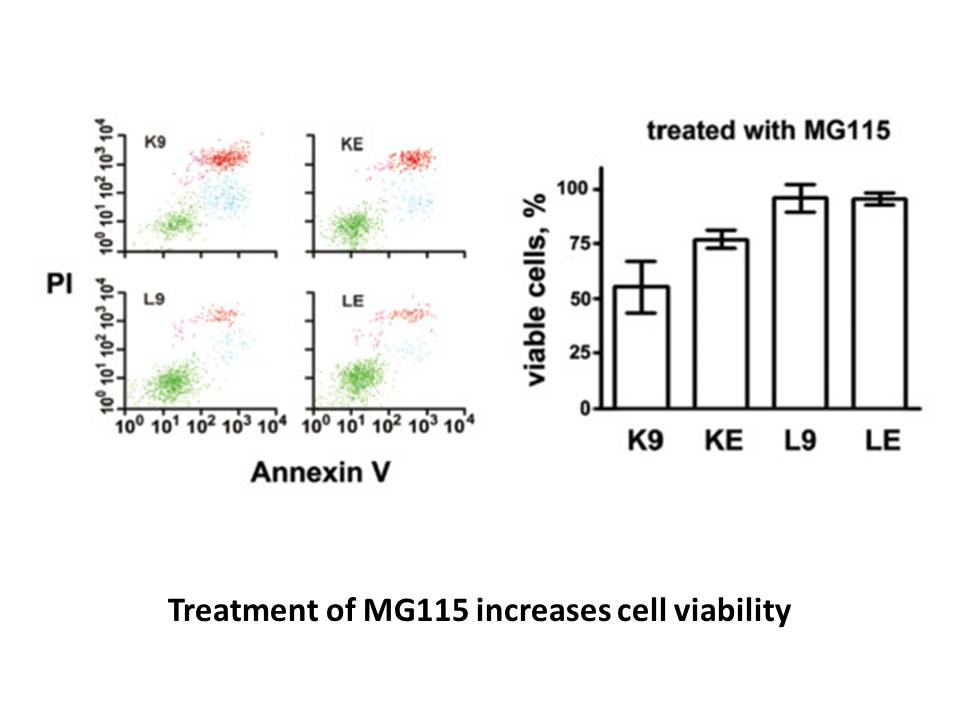
To date, increasing evidence has demonstrated that dysregulated lncRNAs are closely associated with the tumorigenesis and development of HCC via ceRNA modes [29,30]. LncRNAs could bind with special miRNAs and abrogate the inhibitory effect of these miRNAs on their targeted transcripts. For example,
-
Acknowledgments br Introduction Stress plays
2022-08-08
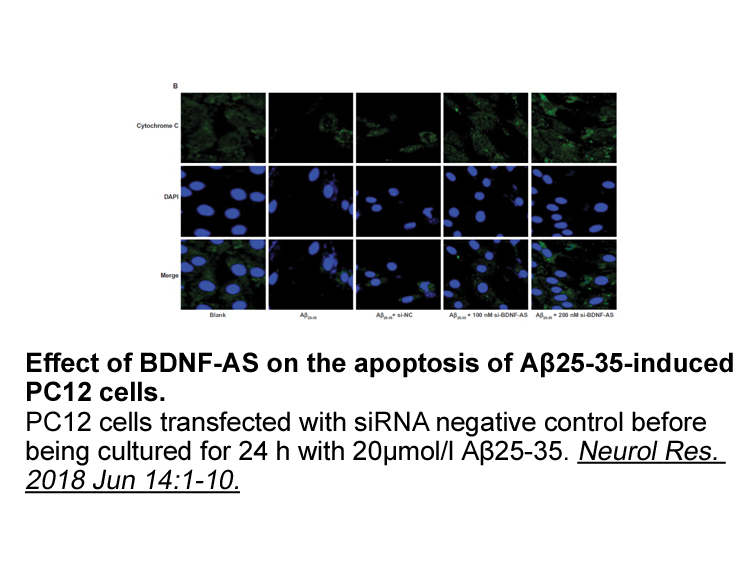
Acknowledgments Introduction Stress plays a key role in the etiology and/or exacerbation of major depressive disorder characterized by loss of energy, feelings of hopelessness and anhedonia [1]. Ample evidence clearly suggests that endocannabinoids (eCBs) participate in stress-associated neurona
-
BCATc Inhibitor 2 mg br Discussion br Conflict of interest b
2022-08-05

Discussion Conflict of interest Acknowledgements We thank Rosetta Barkley for expert technical assistance. We thank Robin Maser, James Calvet, Darren Wallace, and Jovanka Koo for many helpful discussions and expert technical advice. This work was supported by National Institutes of Health,
-
Hydrocortisone In contrast to RhoA Rac and Rap which are
2022-08-05
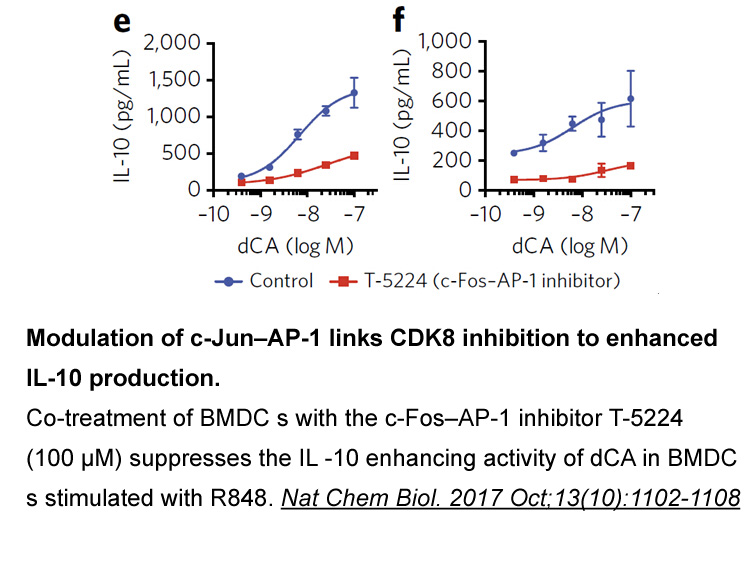
In contrast to RhoA, Rac1 and Rap1 which are stimulated by platelet activators and inhibited by NO/PKG, the GTPase ADP-ribosylation factor 6 (Arf6) is regulated in the reverse way. Platelet agonists like thrombin, collagen, or ADP, reduce Arf6-GTP levels, whereas NO and PGI2 oppose this reduction [1
-
The urinary levels of OHP among the exposed workers were
2022-08-05

The urinary levels of 1-OHP among the exposed workers were higher than those reported for a Brazilian group of charcoal workers (0.07 μmol mol creatinine) exposed to wood smoke (Kato et al., 2004), and for nonsmoking bus drivers (0.19 μmol mol creatinine) and nonsmoking mail carriers (0.11 μmol mol
-
scopolamine hydrobromide australia G protein coupled recepto
2022-08-05
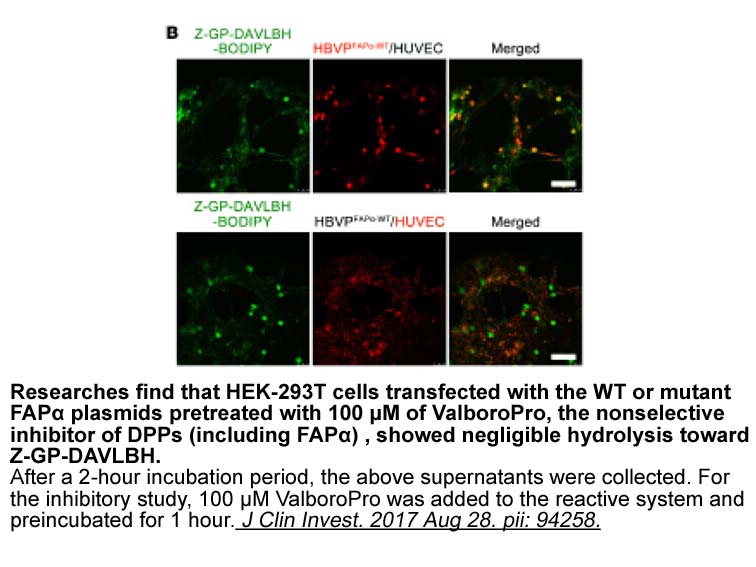
G-protein coupled receptors (GPCRs) constitute a large family of 7 trans-membrane-spanning proteins that activate internal signal transduction cascades through binding to different ligands including neurotransmitters, peptides, and lipids [7]. This family of receptors has therapeutic potentials in t
-
br Conflict of interest statement br Acknowledgments The aut
2022-08-05
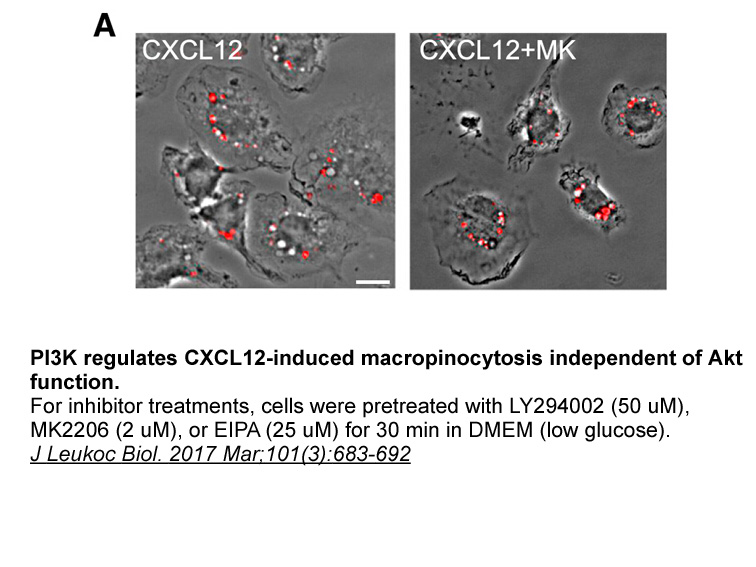
Conflict of interest statement Acknowledgments The authors would like to thank Dr. Linda Console-Bram for her editing of this review, Valentina Lucchesi for help with the figures, and acknowledge funding from NIH/NIDA (DA023204). Introduction G protein-coupled receptor 55 (GPR55) has emerg
16606 records 434/1108 page Previous Next First page 上5页 431432433434435 下5页 Last page